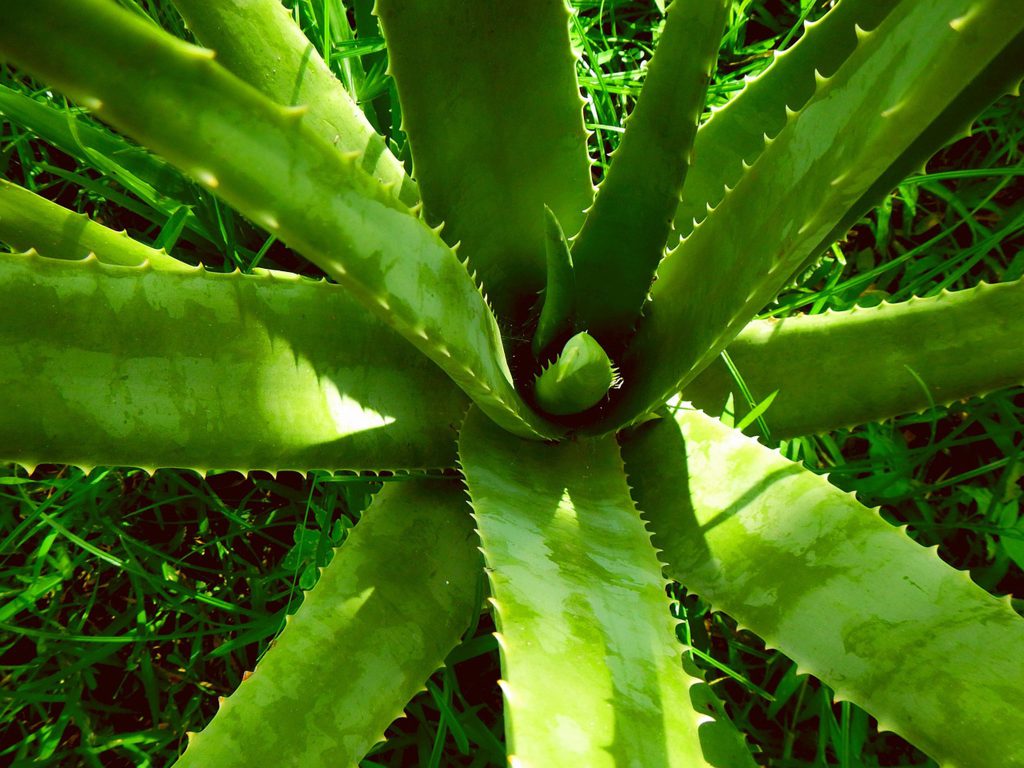Scientific name: Aloe barbadensis Miller
Common Names: Aloe Vera, True Aloe, Medicinal Aloe, Barbados Aloe
Aloe vera is known for its antioxidant and antibacterial properties, which can help treat skin injuries, wounds, dental plaque, canker sores, and more. It is a versatile plant with many benefits. (source: Medical News Today)
Some people use aloe vera juice or extract for constipation, with a recommended dosage of 100-200 milligrams of aloe vera juice or 50 milligrams of aloe vera extract daily as needed. Additionally, aloe vera gel has been used for diabetes management at a dosage of 1 tablespoon daily. (source: WebMD)
Aloe vera can be used for various health and beauty purposes, including burns, digestion, oral health, acne, and anal fissures. It is important to learn how to harvest, apply, and consume aloe vera properly to benefit from its potential advantages while being aware of any associated risks. (source: Healthline)
Research suggests that ingesting two tablespoons of aloe vera juice per day can help lower blood sugar levels in individuals with type 2 diabetes. This indicates a potential benefit of aloe vera in managing diabetes. (source: Healthline)

Aloe Vera is easily recognizable by its fleshy, sword-like leaves that are arranged in a rosette pattern and supported by a thick stem. The erect leaves taper to slender tips and are adorned with white spots and streaks, while the edges are lined with sharp, curved spines. The outer skin of the leaves is tough, enclosing a firm and clear gel that contains a bitter yellow sap. The plant produces many yellow, tubular flowers on a long stalk, and its seed capsules are leathery and filled with numerous black seeds. Young plants sprout at the base of the original plant, forming clumps.
Originally native to the Mediterranean coast of Africa, Aloe Vera was introduced to the West Indies and tropical America. It is commonly cultivated in the U.S. Virgin Islands as a drought-tolerant ornamental and medicinal plant.
The leaves and gel of Aloe Vera are used externally as an emollient in poultices, baths, hair conditioners, and sunscreens, and as a treatment for burns, cuts, and sores using a salve made from fresh gel. Internally, it is used to treat colds, coughs, and intestinal worms. In other regions, Aloe Vera is used externally as a shampoo in salt water, for treating contusions and sprains with heated poultices, fever by binding the inner flesh to the feet, tumors with a plaster, burns and sunburn with fresh gel, eye inflammation, and skin eruptions. Internally, it acts as a blood purifier and laxative, and is used to treat colds, colitis, coughs, difficult childbirth, jaundice, pneumonia, sore throat, and stomach ulcers. In South America, the gel is applied to the skin as a mosquito repellent, and hanging whole plants upside down is used to repel insects.